#scrubland
Text
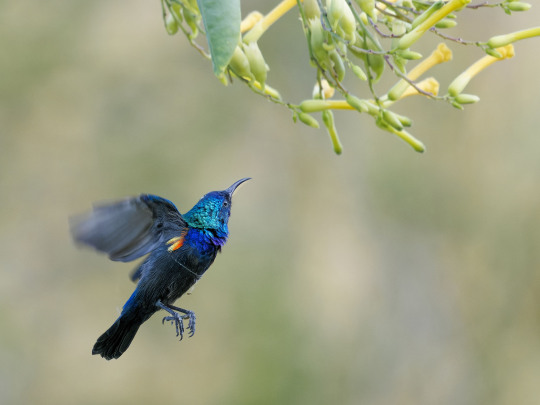

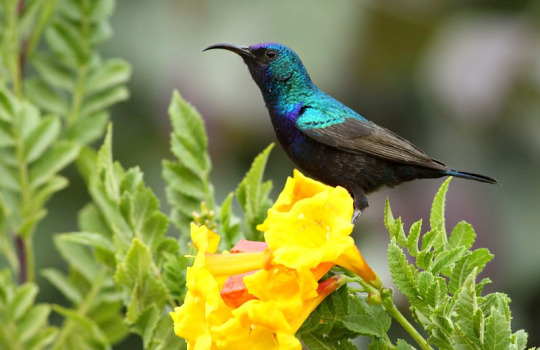
The Palestine Sunbird Persists
The Palestine sunbird, also known as the orange-tufted sunbird (Cinnyris osea) is the national bird of Palestine, and often seen as a symbol of resistance and hope. This species occurs in dry climates, particularly desert, scrubland, and savannahs, but can also be found in orchards and gardens where flowers are abundant. In addition to the Levant, C. osea occurs throughout the southwest cost of Saudia Arabia and the coasts of Yemen and Oman in the south.
C. osea is a small bird, 8 to 12 cm (3.1-4.7 in) long with a wingspan of only 14 to 16 cm (5.5-6.2 in). Males weigh on average 7.6 g (0.26 oz) and females are slightly smaller, at about 6.8 g (0.24 oz). Males are quite easy to identify due to their striking plumage; their feathers are iridescent, appearing dark until they shimmer glossy blue or green, with orange tufts at the side of the breast. In contrast females are fairly drab; grey-brown with a lighter underside. The beaks of the Palestine sunbird are also noted for their distinctively long and curved, which they have developed to efficiently feed on nectar.
Although not directly part of the hummingbird family, the Palestine sunbird shares many similarities with the group. Its diet consists of nectar, and is supplemented with insects. Their tongues are long, and brush-like, and the shape of their beak allows them to reach down to the base of the flower. For flowers that are , they will use their sharp beaks to pierce the side and access the nectar directly. All this is done at very high speeds, but unlike hummingbirds the Palestine sunbird cannot hover in place, and must land in order to feed. Because of their primary reliance on nectar, the orange-tufted sunbird is an important pollinator in its native region. Adults are rarely predated upon, but eggs and young are often targets for lizards, snakes, and birds of prey.
Reproduction begins in June, and continues through October. Males establish and defend territories, and court females by singing to attract a potential mate, then chasing her until she perches to signal her acceptance. Following the pairing, the two construct a purse-like nest, sometimes with a porch-like structure, that hangs from a branch. In this nest, 1-2 eggs are laid, and are incubated primarily by the female, while the male provides her food. The eggs take 13 to 14 days to hatch, and chicks are taken care of by both parents for an additional 14 to 21 days. Individuals can live up to 5 years in the wild.
Conservation status: The Palestine sunbird has a large range and population, and is thus considered Least Concern by the IUCN. Its primary threat is habitat loss due to agriculture and urban development.
If you send me proof that you’ve made a donation to UNRWA or another organization benefiting Palestinians, I’ll make art of any animal of your choosing.
Remember, the donation can be in any amount– every dollar counts!
Photos
Jorrit Vlot
Dula Alhashimi
Rana Hijawi
#Palestine sunbird#Passeriformes#Nectariniidae#sunbirds#perching birds#birds#deserts#desert birds#scrubland#scrubland birds#savannah#savannah birds#urban fauna#urban birds#middle east#animal facts#biology#zoology#ecology#free palestine
825 notes
·
View notes
Text


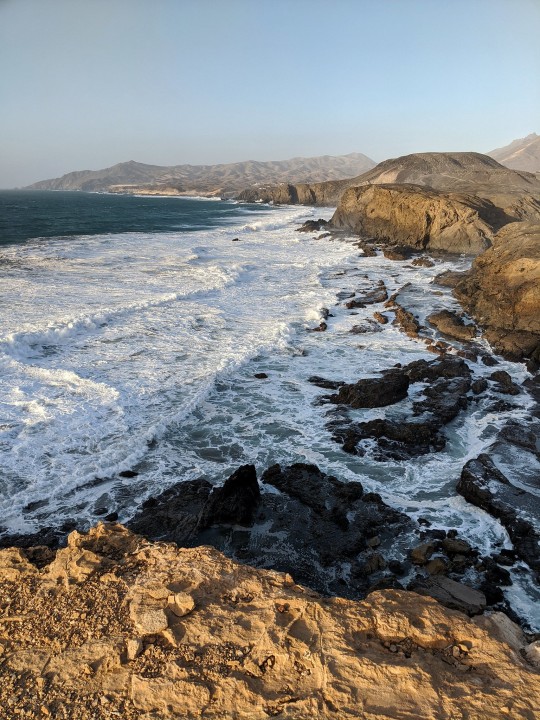

Las Canarias (2) (3) (4) by Maurice Biggins
Via Flickr:
(3) La playa de la Pared.
(4) Los Batanes wildflowers.
#mountains#scrubland#shrubland#plantlife#plantain#wildflowers#coastal#beach#rocky shore#canary islands#spain
2 notes
·
View notes
Text
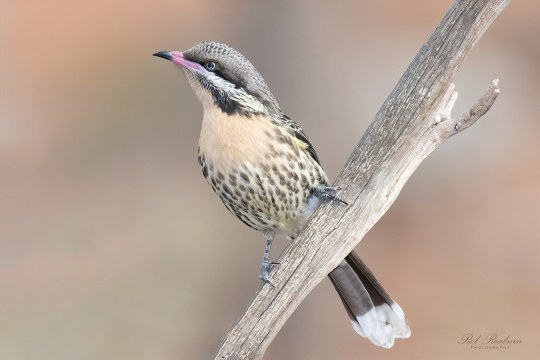
#IFTTT#Flickr#spinycheekedhoneyeater#acanthagenysrufogularis#honeyeater#australia#bird#southaustralia#arid#inland#desert#scrubland
2 notes
·
View notes
Text




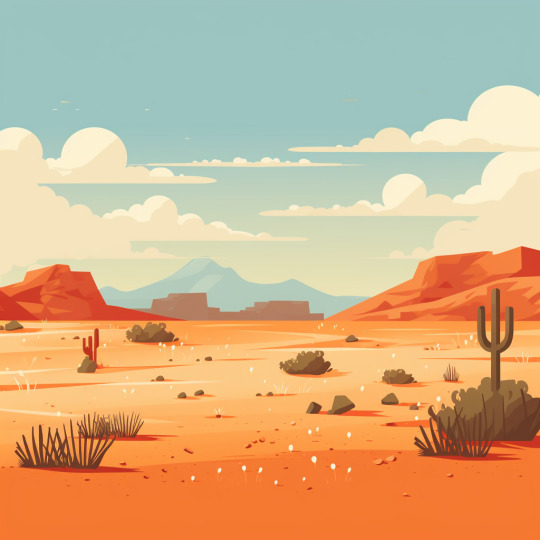


#midjorneyart#midjourney#concept art#commercial illustration#scenery#Scrubland#Flat Design#vector#vector art#vector illustration
7 notes
·
View notes
Text

Enjoying a stroll through the national park and enjoying the sights.
Commission done for :iconbestbetrolling:
#fox#anthro#furry#commission#illustration#park#scrubland#plains#nature reserve#artwork#digital art#stroll#fashionable
4 notes
·
View notes
Text





#Trees#Clouds#Photography#90's#Green#Aesthetic#Brasil#Bahia#Wallpaper#Paisagem#Lockscreen#Scrubland#Cactus#Guitar#Art#Dark academia#Cruch#35mm#Cottage core#cottagecore#Cotagge aesthetic#landscape
6 notes
·
View notes
Text
Shameless bimbo Karina cums hard
Heavily tattooed babe with big ass fucked hard
Shemale getting fucked by bbc
Dawood Rahman from Daulatpur, Khulna, Bangladesh
Juliana Bonde daquele jeito
Beautiful model flashes massive butt and gets anal nailed
Kiki Daire and Michelle Marks Eating Ass
Michelle Loves Deeptroating And Hot Sperm Facials
shy girl gets fucked hard by the craftsman
Female Fake Taxi Dating horny busty babe gets better squirting orgasm offer
#blotches#adapting#fastballs#microscope#overalcoholizing#selective#postmeiotic#diaphanoscope#walnut-finished#permittivity#talpatate#defamation#scrubland#axonost#elegant#stubbleward#Frymire#boards#bigamic#spawned
0 notes
Text
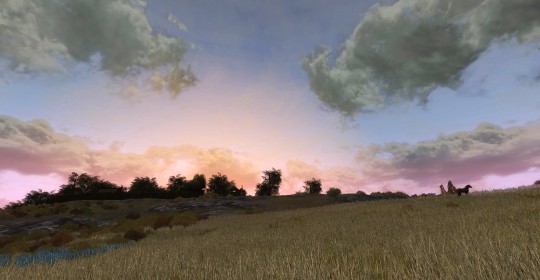

Broadacres sunset
14 notes
·
View notes
Text
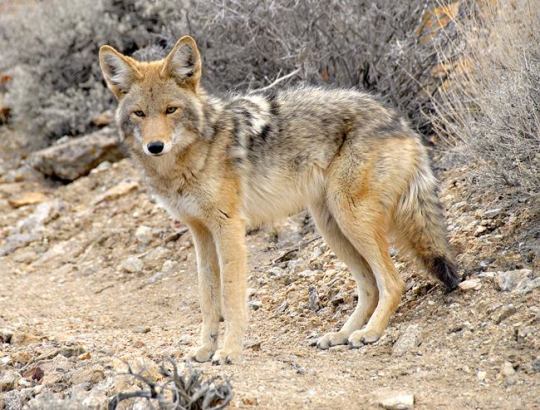
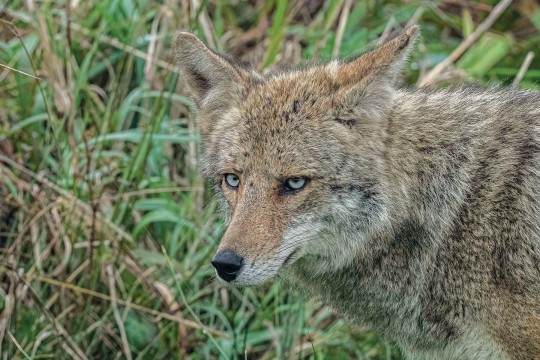

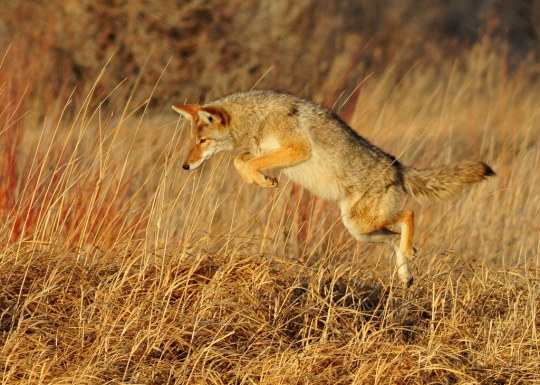
Close Up with Coyotes
Often confused with wolves, foxes, or even stray dogs, the coyote (Canis latrans) is a species of canid found only in Central and North America, from Panama to central Canada. Historically, the coyote mainly occupied grasslands, scrubland, and deserts; however, in the past few centuries the species has expanded its range to include deciduous and evergreen forests, mountains, swamps, and even cities. Generally individuals and groups keep to one home territory, but they will move when resources become lacking.
Among the canines, coyotes are rather small, weighing only 8 to 20 kg (18 to 44 lb), and males tend to be larger than females. Generally coyotes sport a light gray, red, or brownish coat with a lighter underside; however, regional populations may differ wildly. This species may be identified from other canids by its large pointed ears, whitish facial markings, and narrow snout.
Though C. latrans does occasionally form packs, it is more likely to hunt individually or in small family groups. Nonfamily packs, usually made of bachelors, are rare. In addition, coyotes have been known to form mutualistic hunting relationships with other species like badgers. It is primarily carnivorous, hunting mainly at dawn and dusk for rabbits and hares, squirrels, mice, lizards, and occasionally larger targets such as deer or pronghorn. This species will also readily consume carrion, as well as produce and human food waste, making it highly adaptable to urban areas. Traditionally, the species has been limited via both competition and direct predation by wolves and cougars; in its expanded range, coyotes may also be predated upon by bears, alligators, lynx, and golden eagles.
Though reproduction typically takes place in the spring, from January to March, temporary pair bonds may form as early as November. Mates prepare dens, which may be dug out or selected from tree hollows or pre-existing burrows, and establishes a territory up to 19 square km (11 square miles). During this time, daughters from a females previous litter, or her sisters, may join the group. Pregnancy typically lasts just over 60 days, during which time the male and any assisting females do most of the hunting. Litters average 6 pups, and weaning takes about a month. During this time, the male continues to provide for the mother and pups, but will abandon the den if the mother goes missing. By the age of four or five weeks the pups develop a hierarchy through play-fighting. After about 6 months, the male pups will leave, while females will typically stay with their mothers until at least the next mating season, at which time they reach sexual maturity. In the wild, individuals may live as long as 10 years.
Conservation status: Due to its large range and adaptability to human habitats, the C. latrans is considered Least Concern by the IUCN. In urban areas, coyotes are regularly hunted as a nuisance species due to their predation on free-roaming pets and, occasionally, livestock.
In traditional Indigenous American stories, the coyote was seen as a trickster or anti-hero (here is an interesting paper about the 'Coyote' character in traditional stories versus western interpretations). The European colonization of North America and the eradication of large predators like wolves and cougars has allowed coyotes to spread far beyond their original geographic range and become a 'nuisance species' in urban areas.
If you like what I do, consider leaving a tip or buying me a ko-fi!
Photos
Neil Nurmi
Carlos Porrata
Natrice Miller
Tom Koerner
#coyote#Carnivora#Canidae#canines#canids#carnivores#mammals#generalist fauna#generalist mammals#grasslands#grassland mammals#scrubland#scrubland mammals#deserts#desert mammals#north america
169 notes
·
View notes
Text


Beautiful Landscape (2) by Wolf Brown
1 note
·
View note
Text
First look photos of new Stan series Scrublands based on the best-selling novel

Australia's unrivalled home of original productions has released first look images for the Stan Original Series Scrublands, premiering November 16, only on Stan.
Based on the award-winning novel written by Chris Hammer, Scrublands stars Luke Arnold, Bella Heathcote and Jay Ryan.
If you can't wait for the new series to premiere on November 19, never fear – we've got a glimpse of what to expect before it airs later this month.
The Stan Original Series Scrublands premieres November 16, all episodes at once and only on Stan.
Scroll through to catch a sneak peek of what to expect from Scrublands…

Byron Swift (Jay Ryan)
The series is set in Riversend, an isolated and struggling country town in rural Victoria, where charismatic and dedicated young priest Byron Swift (Jay Ryan) calmly opens fire on his congregation, killing five parishioners.

Martin Scarsden (Luke Arnold) and Jane Gibson (Eliza Matengu)
One year later investigative journalist Martin Scarsden (Luke Arnold) arrives in Riversend to write what should be a simple feature story on the anniversary of the tragedy.

Mandy Bond (Bella Heathcote) and Martin Scarsden (Luke Arnold)
Martin finds a town deeply scarred and hostile to journalists – local bookstore owner Mandy Bond (Bella Heathcote).

Martin Scarsden (Luke Arnold) and Constable Robbie Haus-Jones (Adam Zwar)
Constable Robbie Haus-Jones (Adam Zwar) and widow of one of the massacre victims, Fran Landers (Victoria Thaine, not pictured) give him short shrift.

Martin Scarsden (Luke Arnold)
When Martin's investigative instincts kick in and he digs beneath the surface.

Byron Swift (Jay Ryan)
The previously accepted narrative from the entire town begins to fall apart exposing the events of a year ago aren't all that they seem.
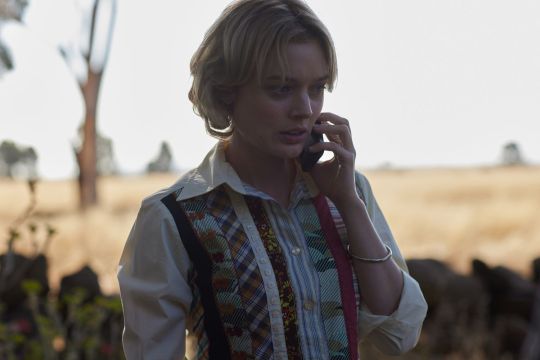
Mandy Bond (Bella Heathcote)
The Riversend townspeople and Martin finds themselves in a life and death race to uncover the truth.
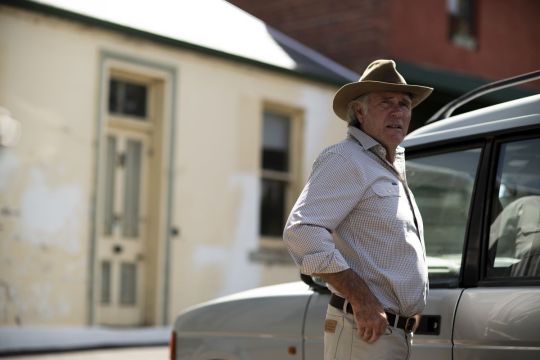
Harley Reagan (Robert Taylor)
The cast also includes Robert Taylor, [pictured] (The Newsreader), Adam Zwar (Squinters), Zane Ciarma (Neighbours), Victoria Thaine (Nowhere Boys), Stacy Clausen (True Spirit), Alison White (Satisfaction), Genevieve Morris (Stan Original Series No Activity) and newcomer Ella Ferris.

Byron Swift (Jay Ryan) and Katherine Bond (Alison Whyte)
Source: Nine
#black sails#luke arnold#john silver#scrublands#bella heathcote#jay ryan#stan on australia#promotional still
31 notes
·
View notes
Text
Any of my mutuals ever been in a desert before....whats it like.........
13 notes
·
View notes
Note
As someone who lives in the PNW, how do you feel about hot/dry/flat places? Asking because I saw you mention a desert and personally I live in the PNW because I can't bring myself around to liking desert-y places (even though I respect them as distinct ecosystems!).
i ADORE the high desert. i haven't been in many other desert ecosystems! but the high desert is BEAUTIFUL and so vast and different from anything i grew up with. i grew up in a very cold forest in new hampshire and now i live in a temperate rainforest here in the PNW and the desert is!!! beautiful!!!
there's something about the craggy deserts and rolling hills and rich browns/oranges and wide-open sky that speaks Dearly to me. if you're not a desert kind of person but have a car, try driving to the east of the cascades on a clear night in the summer -- the mountains block out all the portland/seattle light pollution and you can see Forever.
my two favorite long-drive destinations (which are close enough to me in portland for a day trip, but too far to go without planning) are the prineville reservoir state park - which is a beautiful desert-and-lake destination by day & a dark sky park at night - and the warm springs reservation. i always stop to get frybread in warm springs when i'm passing through since it's delicious!
#replies#some people just don't really connect to really open skies and really open scrublands#wide plains and skies speak to me more than the forests in either home do honestly.#not sure i would want to live there permanently mostly because of the political hassle#(most high desert communities are republican-leaning and i left new hampshire specifically to get away from that)#but i LOOOVE being there.#travels#oregon
14 notes
·
View notes
Text
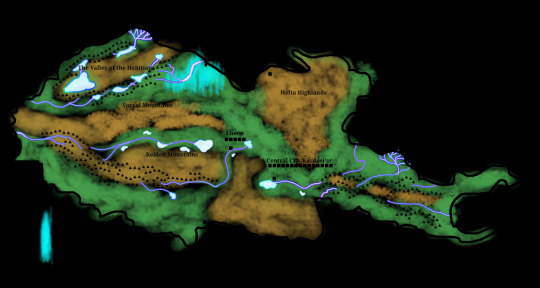
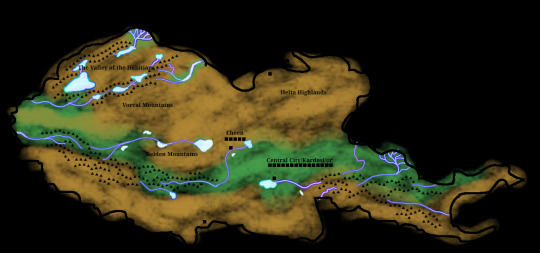
Dicking around with maps of the center continent of Cardassia based on a dubious map of Prime I found
Left is from a few centuries before the climatic change, right is current (mostly based on the map I found). Because this is a continent scale map there are many smaller bodies of water whose changes aren't noted. Notably, Cardassian cities almost always have a complex structure of canals dug as one if the first projects for transportation reasons, and to increase the humidity of the area as a public health issue. Cardassians-as-a-species initally evolved in a humid flooded forest (also called a freshwater swamp forest, such as those found in the Amazon Basin and throughout Southeast Asia) environment, and the current desertification is at war with their needs. Former brown areas that are now green can largely be accredited to the development and success of these canals.
The delta above the northmost mountains in the Valley of the Hebitians was a permanently flooded rainforest prior to the climatic change. It was bordered by a mangrove forest. Today it's still a fertile area as its water is fed by the mountains, but most of the old trees have been felled, and the rain is far less frequent.
The river traveling east from the Vorcal mountains feeds into a plain where it once was a seasonally flooded forest: today it's much smaller, until the floods come again.
The delta above the Girav mountains is a marshy delta in comparison to the one near the valley; both have plenty of reedy plants, but here they dominate.
The Valley of the Hebitians is a rift valley, and its lakes go very deep as a result. The regional highlands get large amounts of water, but the lowlands are quite dry away from the water, and overall its much drier than the area should be without the mountains. The Valley is so named because of the large amount of Hebitian tombs found there. The Northwest of the continent is currently thought to be where Cardassians first evolved to bipedalism and sapience.
The Helta highlands are a plateau, and I'll honestly say I still don't understand enough about how those form to say much more on it, other than to my understanding those are dry.
The center of the continent, north of the Keldan mountains, is rather flat and its two major rivers often change course, leaving small lakes that today gradually dry up, as well as other ephemeral bodies of water. Before the climatic change, Cardassian's main locus of cultural influence was the Keldan mountains and the flat lands around these rivers. As they stretched to the east, their territory overlapped with the Qåmtsu, one of the cultures under the umbrella of Hebitian.
The lake west of Ebeen is predicted to be gradually turning into an inland delta.
#cipher talk#ds9#cardassians#Hebitians#The brown areas don't simply mean desert just dry. There's scrublands and small oases and grasslands too. Though there is plenty of desert
26 notes
·
View notes
Text

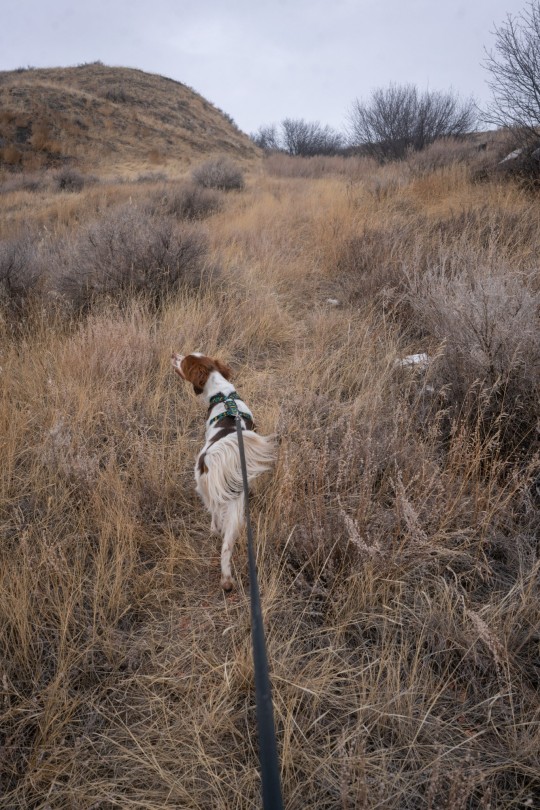




One of my favourite provincial parks, and that was even before we found all the birds that live here!
#dogblr#maverick#scenery#the scrublands are so underrated#theyre such cool biomes#we flushed a whole covey of partridge here it was so cool#i really want to come birding here#last time we did this hike at sunset and and it was stunning#so happy we got to come back!#if you zoom into that last photo you can see how fluffy mav actually is
40 notes
·
View notes
